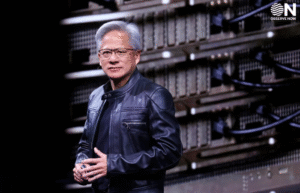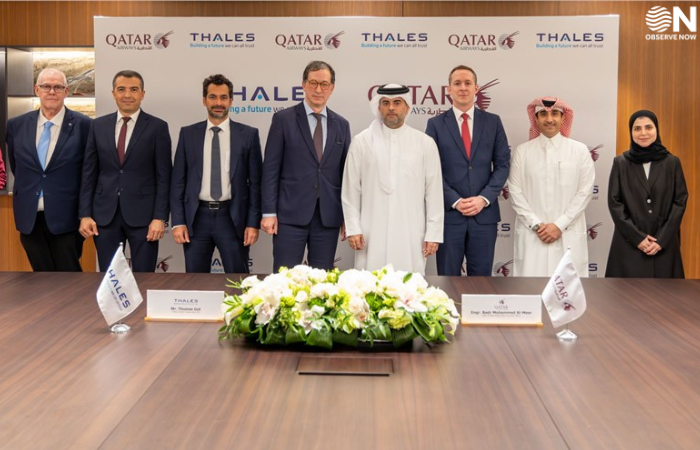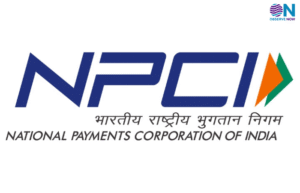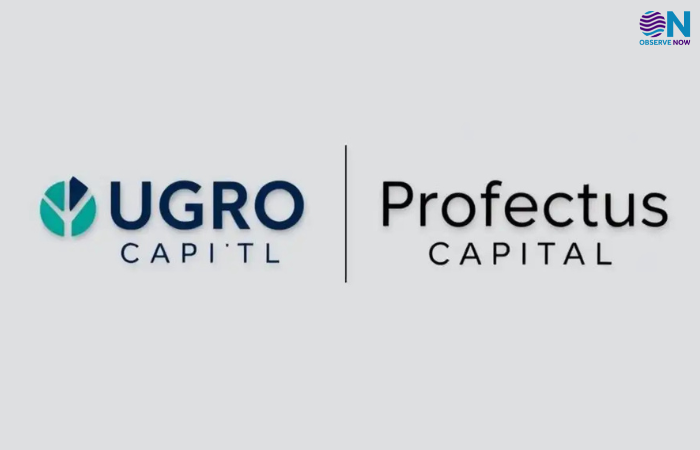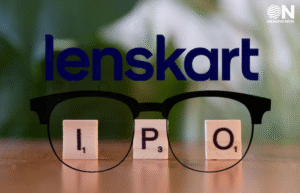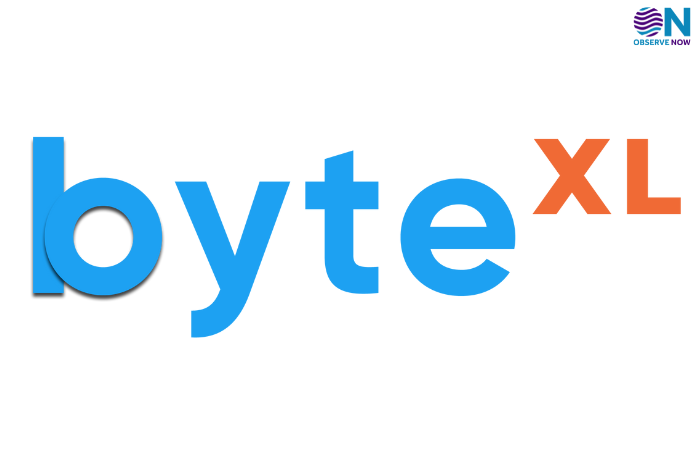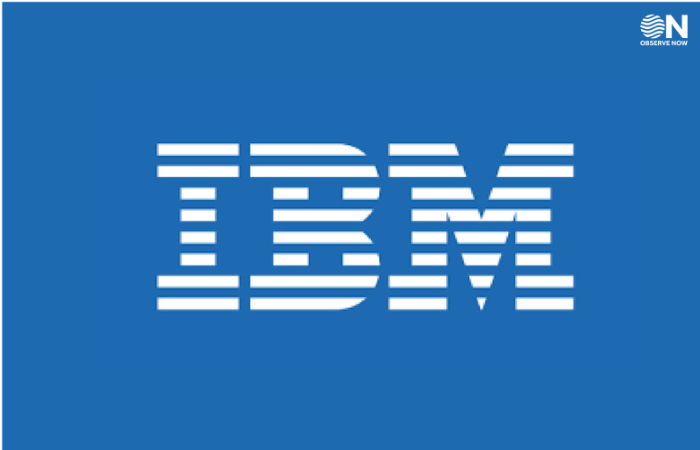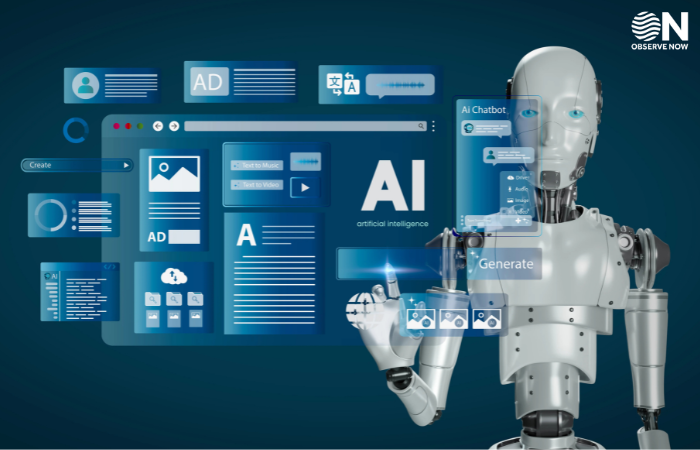LinkedIn Users Race to Add AI Skills as Job Market Reshapes Around Tech
Recent data from LinkedIn reveals a dramatic surge in AI-related career opportunities and skills. Over the past year, job postings mentioning AI have increased sixfold, reflecting a sharp rise in the need for AI capabilities in today’s workforce. Meanwhile, professionals are responding to this demand—many report their profiles now highlight AI-related skills at a twentyfold higher rate compared to just two years ago .
This rapid shift demonstrates that AI fluency has transitioned from a niche requirement to a foundational competency across job roles. LinkedIn reports that while explicit mentions of AI in listings remain relatively rare appearing in only about one in 500 positions—the real expectation now is that candidates are comfortable using AI tools, even if not explicitly stated in job descriptions.
The transformation is poised to be broader and deeper. By 2030, it’s estimated that 70% of job skills will undergo significant change due to AI-driven automation and augmentation. This change is already reshaping hiring and professional development. Roles that were once purely operational—such as product managers, cybersecurity consultants, or administrative support—now increasingly require an understanding of AI tools. In tech sectors, AI engineering positions have emerged as the fastest-growing roles, with related listings seeing a 59% annual growth in the U.S. alone.
Even as this wave of demand continues, there is an urgent push for proactivity. LinkedIn data shows that professionals are adding AI-related competencies to their skillsets 140% faster than before, with terms like Copilot or ChatGPT now common in profiles . Employers confirm that comfort with AI tools is now a baseline expectation, and many hiring managers make it one of the first questions during interviews .
Crucially, programming or AI development expertise is not always mandatory. Many employers prioritize candidates who can integrate AI to enhance workflows—whether in marketing, project management, or product development. Worker sentiment mirrors this trend: around 76% of professionals believe AI skills are essential for advancing their careers .
The demand for AI capability brings another shift: a move toward skills-based hiring. Employers are expanding talent pools dramatically up to 12 times larger in markets like India by prioritizing competencies over formal credentials. This approach positions AI-trained individuals for accelerated career growth, even in the absence of traditional degrees.
In summary, the data paints a dynamic picture: AI is not just a buzzword—it is rapidly becoming an assumed part of almost every job. Job listings are referencing AI skills far more frequently, professionals are upgrading their credentials accordingly, and employers are adjusting hiring frameworks to prioritize demonstrable AI fluency.
For anyone navigating today’s job market, the message is clear: embracing AI literacy through hands-on learning, certifications, and real-world application, is no longer optional. It’s essential preparation for a future where AI competency defines both relevance and opportunity.




